What historians heard when Trump warned of a 'foreign virus'
Posted: Mar 12, 2020
For immigration historians and other scholars, the way US President Donald Trump is describing the coronavirus pandemic has a familiar ring.
"This is the most aggressive and comprehensive effort to confront a foreign virus in modern history," Trump said in an Oval Office address Wednesday night. "I am confident that by counting and continuing to take these tough measures we will significantly reduce the threat to our citizens and we will ultimately and expeditiously defeat this virus."
As soon as Trump's words describing a "foreign virus" hit the airwaves, Nükhet Varlik knew she'd heard them before.
"We've had plenty of examples of this in the past. It's mindblowing that this still continues," said Varlik, an associate professor of history at Rutgers University in Newark, New Jersey, and at the University of South Carolina.
"It opens up the ways of thinking about disease in dangerous ways," she said. "Once you open that door...historically we have examples, we know where it goes. And we don't want to go there. I find it extremely dangerous."
It's the latest chapter in a story that historians see as centuries in the making. From the plague to SARS, whenever an outbreak spread, racism and xenophobia weren't far behind.
Here's what scholars told CNN about some of history's shameful episodes, and the lessons we can learn from them.
The 'Black Death' in the 14th century
The expert: Nükhet Varlik, associate professor of history at Rutgers University in Newark, New Jersey, and at the University of South Carolina
The event: "Jewish populations were accused of deliberately poisoning the wells and causing the plague. We know examples of this from many places in Europe," Varlik says.
As rumors spread, Jews were killed, buried alive and burned at the stake. And they weren't the only group erroneously blamed for causing the disease.
"European accounts talk about plague as 'Oriental Plague.' ... They look at the Ottoman Empire as the origin of the plague. Well, it's just entirely unfounded. It's not accurate," Varlik says.
The takeaway: "These discourses, both popular and scientific, shaped the perception of how societies understood disease and responded to it for at least the last 600 years," Varlik says. "They are not only dangerous for the present (because it informs policy and response), but also for the future because it leaves a legacy behind."
Similarly, she says, describing coronavirus as a "foreign virus" isn't helpful. "We're all in this together," she says.
Cholera outbreaks in New York in the 19th century
The expert: Alan Kraut, distinguished professor of history at American University in Washington
The event: An 1832 cholera outbreak "was very largely blamed on Irish Catholic immigrants," Kraut says.
"This is in part because this was also the period of the Second Great Awakening, of intense Protestant evangelism, and Catholics were always the target of that,' he says. "They attributed the presence of the epidemic to the 'filthiness' and 'ignorance' of Irish Catholic immigrants."
The takeaway: "Whenever there's a crisis like an epidemic, people immediately look for who to blame. And groups that have already been stigmatized are natural targets," Kraut says.
In New York's response to cholera outbreaks, Kraut says, the xenophobia faded over time.
"By the third cholera epidemic in that era, there was less of an emphasis on blaming the Irish, and more of an emphasis on establishing public institutions to choreograph a response," he said.
Rather than demonizing immigrants, creating government institutions to improve public health for everyone became a priority, Kraut says. And in 1866, New York's Metropolitan Board of Health was born.
Quarantines in San Francisco's Chinatown
The experts: Doug Chan, president of the Chinese Historical Society of America, and Marie Myung-Ok Lee, writer in residence at Columbia University's Center for the Study of Ethnicity and Race.
The events: Quarantines in San Francisco's Chinatown followed multiple outbreaks in the 19th century.
"During an outbreak of smallpox in San Francisco in 1876, a population of 30,000 Chinese living there became medical scapegoats, Chinatown was blamed as a 'laboratory of infection,' and quarantined amidst renewed calls to halt immigration. The Chinese Exclusion Act, the first immigration law based on race, was enacted in 1882," Lee noted in a recent essay for Salon.
"As soon as the immigration started to increase, that is when the job prospects for white laborers became threatened, and that is when the rumors about Chinese being disease vectors began," she told CNN.
As the plague spread in 1900, Chan says officials in San Francisco quarantined the city's Chinatown neighborhood "for no good reason."
"Things got to the point where there were forced vaccinations of people in the Chinatown community with a vaccine that had not been fully tested," he says. "And it produced adverse reactions... they basically used the Chinese as human test subjects."
The takeaway: "It's a sad commentary that I think many of the same narrative threads are surfacing," Chan says. "Unfortunately Americans when facing adversity, whether it's competition from a nation-state or in this case a virus, it's the disturbing American tendency to racialize the adversity very quickly, and we're seeing manifestations of that."
Lee says it's troubling to see.
"You could have been here since the Chinese Exclusion Act. You could be third or fourth generation," she says. "But you'll always be seen as a foreign invader and have somebody assault you on the subway saying you have the coronarivus."
Health screenings and quarantines on Ellis Island
The expert: Alan Kraut, distinguished professor of history at American University in Washington
The event: "There was a fear in the late 19th and early 20th century that disease could come from abroad, and therefore we had to inspect very carefully," Kraut says.
At the time, officials conducting health inspections on Ellis Island said their aim was to keep the American population safe. But the emphasis on screening for disease at places like Ellis Island had implications far beyond the famed immigrant processing center, Kraut says.
"One of the patterns of nativist rhetoric in the early 20th century was that these newcomers were unfit to be Americans, that is, physically unfit to be Americans, and therefore they would not be able to assimilate if admitted," Kraut says. "If you go through the thinking of especially those who were eugenicists and race thinkers, there were so many of them who at least mentioned the theme of physical inferiority."
The takeaway: "The foreign-born have always been targets," Kraut says, "facing the underlying accusations that they're unfit to be Americans."
SARS
The expert: Ho-Fung Hung, sociology professor at Johns Hopkins University
The event: Ethnic bias and racism, Hung argues, led to less effective responses to the 2003 SARS outbreak.
And editorial cartoons in some US newspapers at the time, he says, "stigmatized all Chinese travelers as SARS carriers, and associated SARS with the Chinese-American community."
For example, one cartoon featured an open Chinese food takeout container with 'SARS' written on it above a caption that read 'Bad Chinese Take-Out."
"These associations of Asian and Chinese people with disease, they remain dormant. But every time it's reactivated when there is this kind of a crisis," Hung says.
The takeaway: Blaming diseases on foreigners happens frequently in times of public health crisis, Hung says. But he says it's counterproductive.
"The virus itself doesn't know ethnic boundaries. So if you are stuck with this perception that only certain groups of people you need to keep a distance from, you miss the more important part of keeping distance from other potential carriers," he says.
Hung says describing coronavirus as a "foreign virus" is similarly problematic.
"It is already a global pandemic, so it is too late and it is useless to just frame it as a 'foreign virus' and say we will be OK in just cutting off travel from foreign places. Emphasizing the foreignness of the virus is no longer useful," he says. "It's similar to stereotyping and social distancing only against certain groups. It is counterproductive."
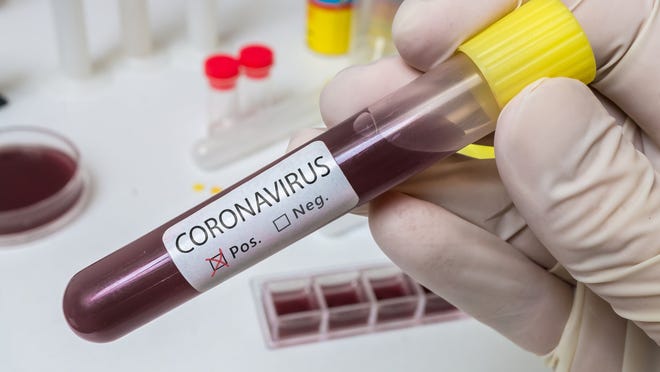
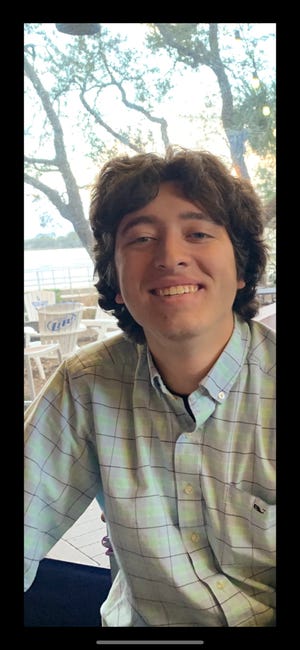
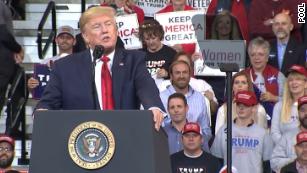
 National security adviser Robert O'Brien arrives at a signing ceremony with President Donald Trump for a trade agreement with Japan in the Roosevelt Room of the White House, Monday, Oct. 7, 2019, in Washington. (AP Photo/Evan Vucci)More
National security adviser Robert O'Brien arrives at a signing ceremony with President Donald Trump for a trade agreement with Japan in the Roosevelt Room of the White House, Monday, Oct. 7, 2019, in Washington. (AP Photo/Evan Vucci)More



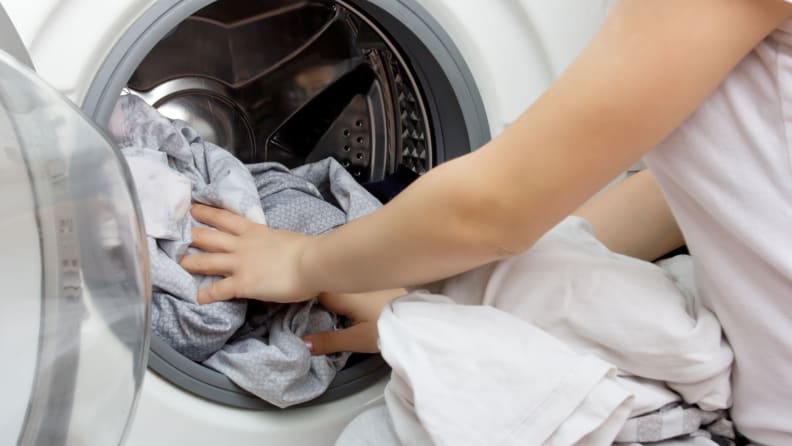

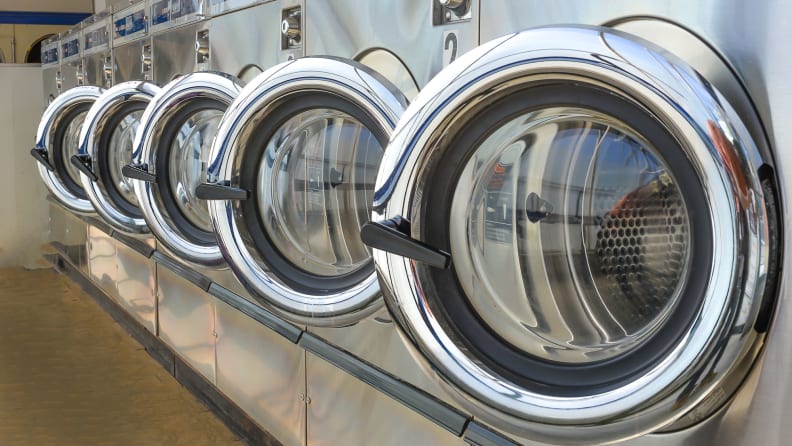
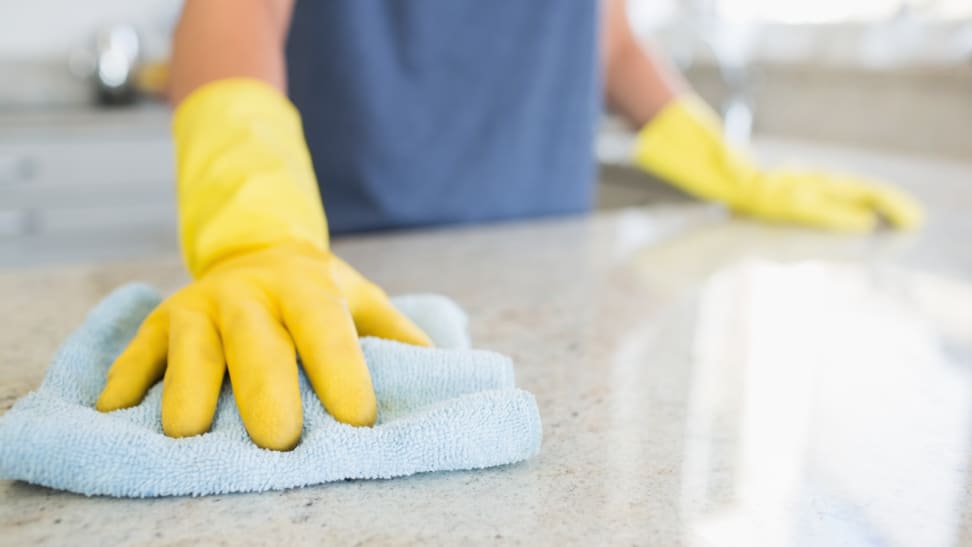
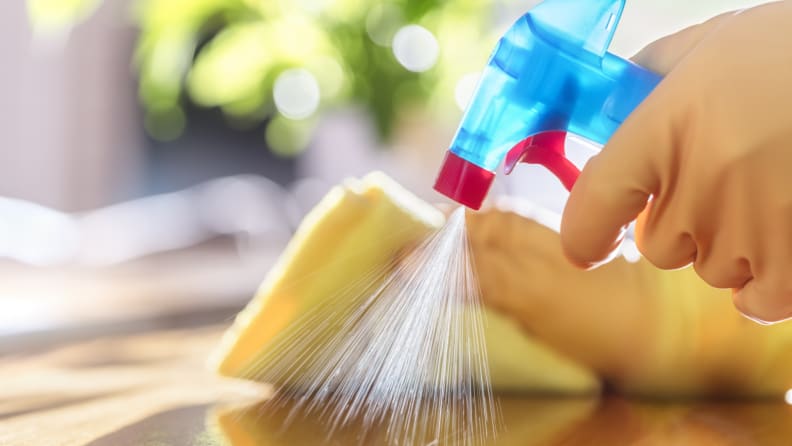

 Vice President Mike Pence at a recent briefing on the Trump administration's coronavirus response. (Drew Angerer/Getty Images)
Vice President Mike Pence at a recent briefing on the Trump administration's coronavirus response. (Drew Angerer/Getty Images)